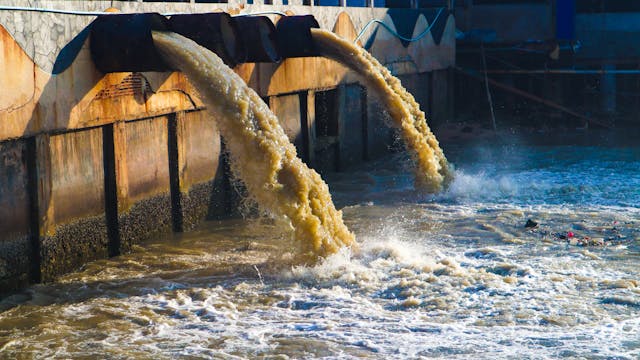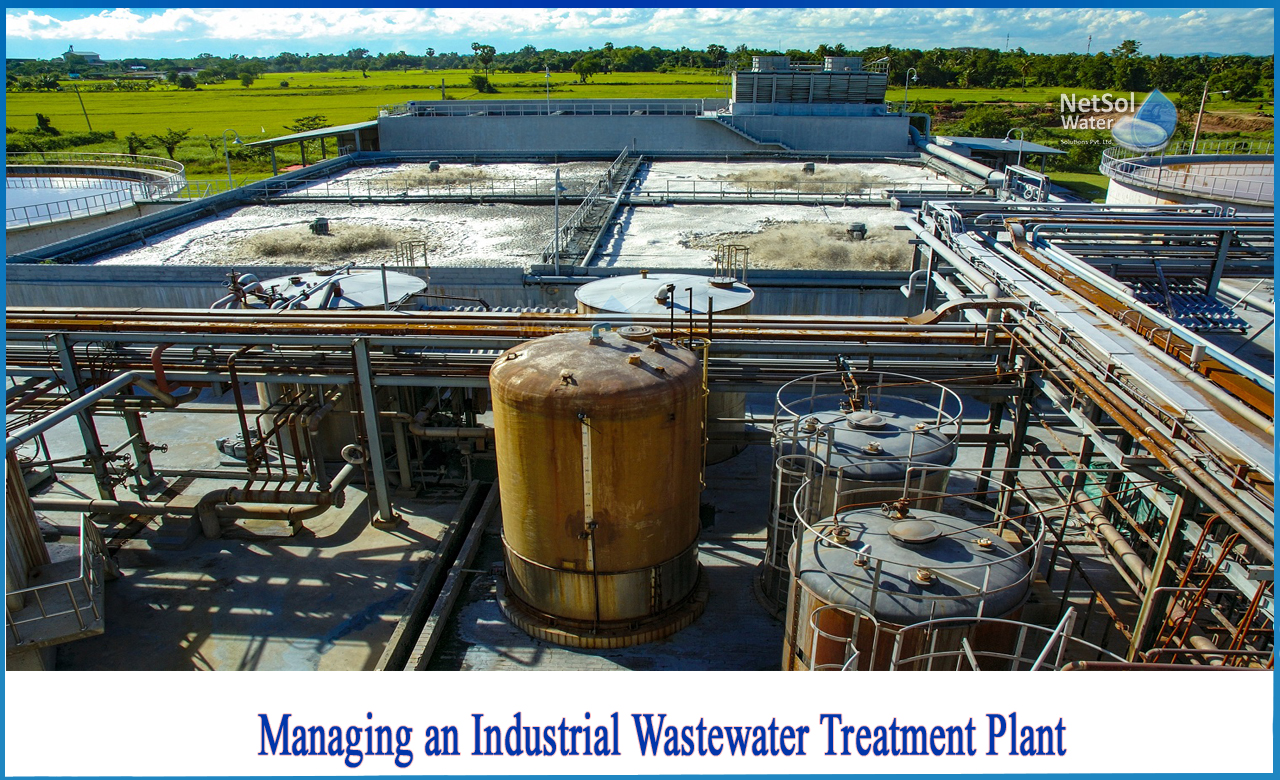Industrial Waste Water Treatment-- Comprehensive Solutions for Wastewater Disposal
Industrial Waste Water Treatment-- Comprehensive Solutions for Wastewater Disposal
Blog Article
Challenges and Solutions in Industrial Waste Water Treatment
The treatment of commercial wastewater presents a multifaceted variety of challenges, varying from rigorous regulative conformity to the ins and outs of price monitoring and technological constraints. The variability in waste composition further complicates the effectiveness of standard therapy approaches, often resulting in risen functional expenditures.
Regulatory Compliance Obstacles
Exactly how can industrial facilities navigate the facility landscape of regulatory conformity in wastewater therapy? The governing structure controling wastewater monitoring is diverse, commonly differing by jurisdiction and kind of market.
To properly manage these conformity challenges, facilities ought to apply durable tracking and reporting systems that make certain real-time information collection and evaluation. Regular audits and threat analyses can recognize possible conformity gaps, permitting for proactive modifications in treatment processes. Worker training programs focusing on governing knowledge and best techniques are important to cultivate a culture of compliance within the company.
Furthermore, engaging with regulatory firms can offer valuable insights and make clear ambiguous regulations. Facilities might also take advantage of talking to environmental experts who focus on wastewater treatment compliance, making certain that they remain informed of developing laws. By adopting these methods, commercial facilities can not just fulfill conformity needs but likewise enhance their functional performance and ecological stewardship.
Cost and Financial Barriers
Browsing regulatory conformity in wastewater therapy frequently presents significant monetary difficulties for commercial centers. The prices connected with applying required treatment innovations, keeping conformity with rigorous regulations, and managing operational expenditures can be daunting. Numerous organizations encounter high first capital investment for the building and construction or updating of wastewater therapy plants, which might strain budget plans, particularly for little and medium-sized business.
In addition, recurring functional costs, including upkeep, labor, and chemical inputs, add to the financial concern. The changability of changing power rates and the prospective requirement for additional investments to meet advancing regulations intensify these economic pressures. In most cases, the absence of financial rewards or support from government bodies makes it a lot more difficult for organizations to justify investments in advanced therapy systems.
In addition, the financial feasibility of wastewater treatment services is commonly examined, especially for industries with tight earnings margins. Consequently, it is critical for commercial facilities to check out economical techniques, such as adopting cutting-edge funding alternatives, taking part in partnerships, and leveraging emerging innovations that can aid reduce these economic obstacles while guaranteeing compliance with ecological standards.

Technical Limitations
Various technological constraints prevent the efficiency of commercial wastewater treatment procedures. One considerable challenge is the insufficiency of existing treatment innovations to address complicated contaminants.
Furthermore, the scalability of therapy modern technologies poses an obstacle. While some innovative methods, like membrane layer purification or advanced oxidation, reveal pledge in regulated atmospheres, their execution on a bigger scale can be prohibitively pricey and technically challenging. Maintenance and operational intricacies better make complex the adoption of these systems, specifically for smaller sectors with minimal technological proficiency.
The integration of real-time monitoring technologies likewise stays inadequate in lots of treatment facilities. Without reliable surveillance systems, operators can not adequately examine more info here treatment efficiency or detect prospective failings, causing irregular effluent top quality. Attending to these technological limitations through study and growth, together with investment in cutting-edge services, is important for enhancing the efficiency of industrial wastewater treatment and guaranteeing regulative conformity.
Variability in Waste Composition
In the world of industrial wastewater treatment, the irregularity in waste make-up offers a powerful obstacle. Industries generate wastewater with varied attributes, her latest blog influenced by variables such as production procedures, raw materials, and functional techniques. This diversification complicates the therapy procedure, as standard systems typically battle to effectively attend to the large array of contaminants present.
For example, wastewater from food handling may include high levels of organic matter, while effluents from chemical manufacturing can consist of heavy steels and unsafe substances. This variance necessitates adaptable therapy approaches to make sure conformity with environmental regulations and shield public health. Additionally, fluctuations in waste make-up can take place with time, affected by modifications in production schedules, maintenance activities, or the introduction of brand-new items.

Innovative Treatment Solutions
Cutting-edge therapy remedies are crucial for dealing with the complexities of commercial wastewater management. Standard methods usually drop brief in efficiently getting rid of a vast array of contaminants, particularly in centers with diverse effluent streams. Current advancements focus on integrating sophisticated technologies to enhance treatment efficiency and sustainability.
One encouraging method is making use of advanced oxidation go to this site procedures (AOPs), which leverage powerful oxidants to degrade organic contaminants. AOPs, consisting of photocatalysis and ozonation, can considerably lower toxic substances and enhance effluent high quality. In addition, membrane layer bioreactor (MBR) modern technology has gotten traction, combining organic therapy with membrane layer purification, causing top notch effluent and minimized footprint.
One more ingenious option is the execution of source healing systems. Strategies like anaerobic food digestion not just treat wastewater but additionally create biogas, which can be harnessed as a renewable resource source. The fostering of synthetic intelligence and maker learning models can optimize treatment processes by forecasting variants in wastewater structure, thereby enhancing functional efficiency.
These ingenious options not only address regulative conformity but additionally advertise ecological sustainability, paving the means for a more reliable and resilient industrial ecosystem.
Verdict
In conclusion, dealing with the obstacles of commercial wastewater therapy needs a diverse technique that incorporates governing conformity, price monitoring, and technological developments. A commitment to continuous enhancement in treatment techniques will inevitably add to the effective administration of commercial wastewater and environmental security.
The treatment of industrial wastewater presents a complex array of obstacles, varying from stringent regulatory compliance to the intricacies of expense management and technical constraints. Industrial Waste Water Treatment.Navigating regulative conformity in wastewater treatment commonly presents substantial economic challenges for industrial centers. Resolving these technological restrictions with study and advancement, together with financial investment in ingenious solutions, is essential for boosting the efficacy of commercial wastewater therapy and making certain regulatory conformity
Wastewater treatment facilities need to invest in durable surveillance systems and versatile therapy technologies capable of suiting varying influent characteristics.In verdict, resolving the challenges of commercial wastewater therapy requires a diverse method that integrates governing compliance, expense monitoring, and technical innovations.
Report this page